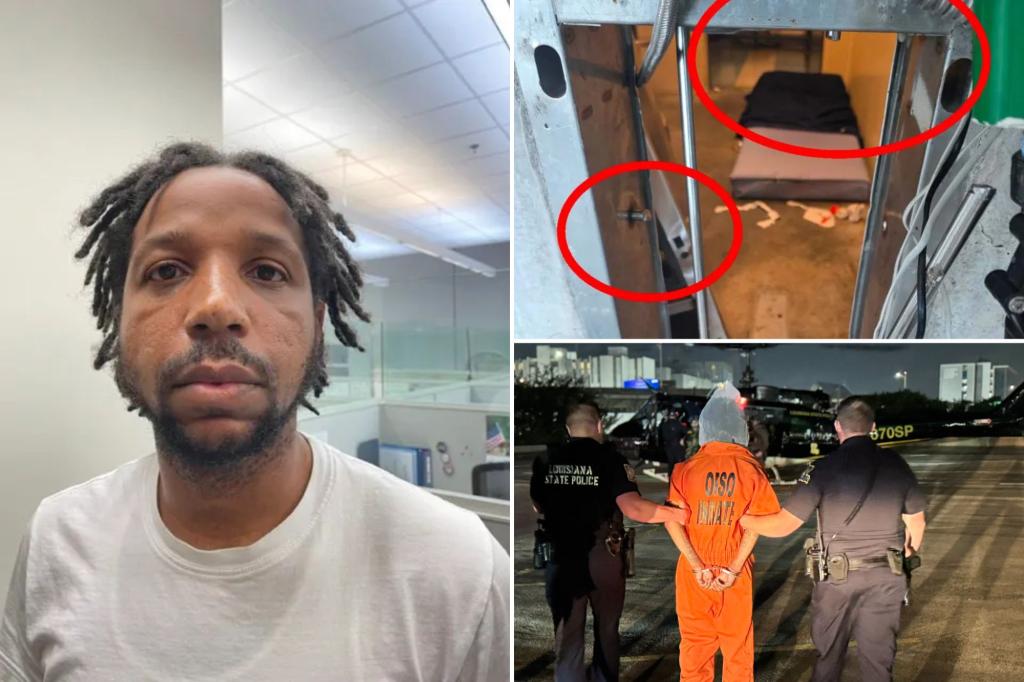Decades-Old Mystery Unraveled: Teen’s Cold-Case Murder Solved After 40 Years
After four decades of unanswered questions, authorities have finally charged a convicted rapist in the 1984 murder of a 17-year-old girl whose body was discovered in a Pennsylvania creek. The breakthrough came through advanced DNA technology, linking the suspect to the crime and bringing long-awaited closure to a case that has haunted investigators and the victim’s family for generations.
Breakthrough in a Frozen Investigation
On October 12, 1984, hikers discovered the partially clothed body of Melissa Sanders in a shallow creek near Allentown. The high school junior had been sexually assaulted and strangled. Despite an extensive investigation at the time, the case went cold as forensic technology of the era couldn’t produce conclusive evidence.
“This was every parent’s nightmare,” recalled former detective Carl Whitmore, who worked the original case. “We pursued hundreds of leads, but the science just wasn’t there yet to give us the answers we needed.”
The breakthrough came when Pennsylvania State Police’s cold case unit re-examined evidence using modern genetic genealogy techniques. Investigators identified 63-year-old Richard Hargrove, already serving a 25-year sentence for a 1991 rape, as the prime suspect. Hargrove lived less than two miles from the crime scene at the time of the murder.
- 1984: Melissa Sanders murdered, case goes cold
- 2019: Case reopened with new forensic testing
- 2023: DNA match identifies suspect
- 2024: Charges filed against incarcerated offender
The Power of Genetic Genealogy in Cold Cases
The Sanders case joins a growing number of cold cases solved through genetic genealogy, which combines DNA analysis with traditional family tree research. Since 2018, this technique has helped solve over 400 cold cases nationwide according to the DNA Doe Project.
Forensic expert Dr. Elaine Torres explained: “Where old DNA tests might have given us 10 markers to work with, modern technology examines 800,000 or more genetic variants. It’s like comparing a black-and-white TV to 8K resolution.”
The process involves:
- Extracting DNA from crime scene evidence
- Uploading the profile to genetic databases
- Identifying potential relatives of the unknown suspect
- Building family trees to narrow possibilities
Community Reaction to Justice Delayed
News of the arrest has stirred mixed emotions in the small community where Sanders grew up. While relieved at the development, many residents expressed frustration that justice took so long.
“Melissa was my lab partner in chemistry class,” said classmate Susan Briggs, now 57. “For forty years we’ve wondered who could do something so horrible to such a bright, kind girl. I’m grateful her mother lived to see this day.”
Sanders’ 82-year-old mother, Margaret, issued a statement through prosecutors: “While nothing can bring Melissa back, we finally have answers. I hope this gives other families waiting for justice the courage to keep hoping.”
Legal Challenges in Decades-Old Cases
Prosecutors face unique hurdles in bringing cold cases to trial. Key witnesses may have died, memories fade, and physical evidence degrades over time. However, DNA evidence often remains viable for decades when properly preserved.
District Attorney Rebecca Morales acknowledged the challenges: “Building a case from 1984 requires painstaking work. We’re fortunate the original investigators preserved evidence so meticulously, and that Melissa’s family never gave up pushing for answers.”
Legal experts note that while DNA provides powerful evidence, defense attorneys often challenge its handling in older cases. Hargrove’s public defender has already filed motions questioning chain-of-custody procedures from 40 years ago.
Broader Impact on Cold Case Investigations
The Sanders case breakthrough has renewed interest in dozens of other unsolved murders from the same era. The Pennsylvania State Police report a 300% increase in tips to their cold case unit since announcing the charges.
“Every solved cold case teaches us something new,” said cold case specialist Detective Mark Reynolds. “The techniques we developed here will help us approach other cases more effectively. There’s no expiration date on justice.”
Nationwide statistics show:
- Over 250,000 murders remain unsolved since 1980
- Cold case clearance rates have improved from 5% to 28% with DNA technology
- 62% of Americans support increased funding for cold case units
What Comes Next in the Pursuit of Justice
As Hargrove awaits trial, investigators continue examining whether he may be connected to other unsolved crimes from the 1980s. His criminal history shows he lived in three states during the decade when several similar assaults occurred.
For families of other cold case victims, the Sanders development offers cautious hope. The National Center for Missing and Exploited Children reports that genetic genealogy has helped identify 42 previously unknown victims since 2019.
Meanwhile, Melissa Sanders’ family prepares for a bittersweet moment – seeing her accused killer in court. A memorial scholarship in her name continues to support local students pursuing science degrees, ensuring her legacy endures beyond the tragedy.
For readers with information about unsolved cases, the National Cold Case Hotline (1-800-555-LEAD) accepts anonymous tips 24/7. Your call could provide the missing piece that brings another family closure.
See more Update My News



